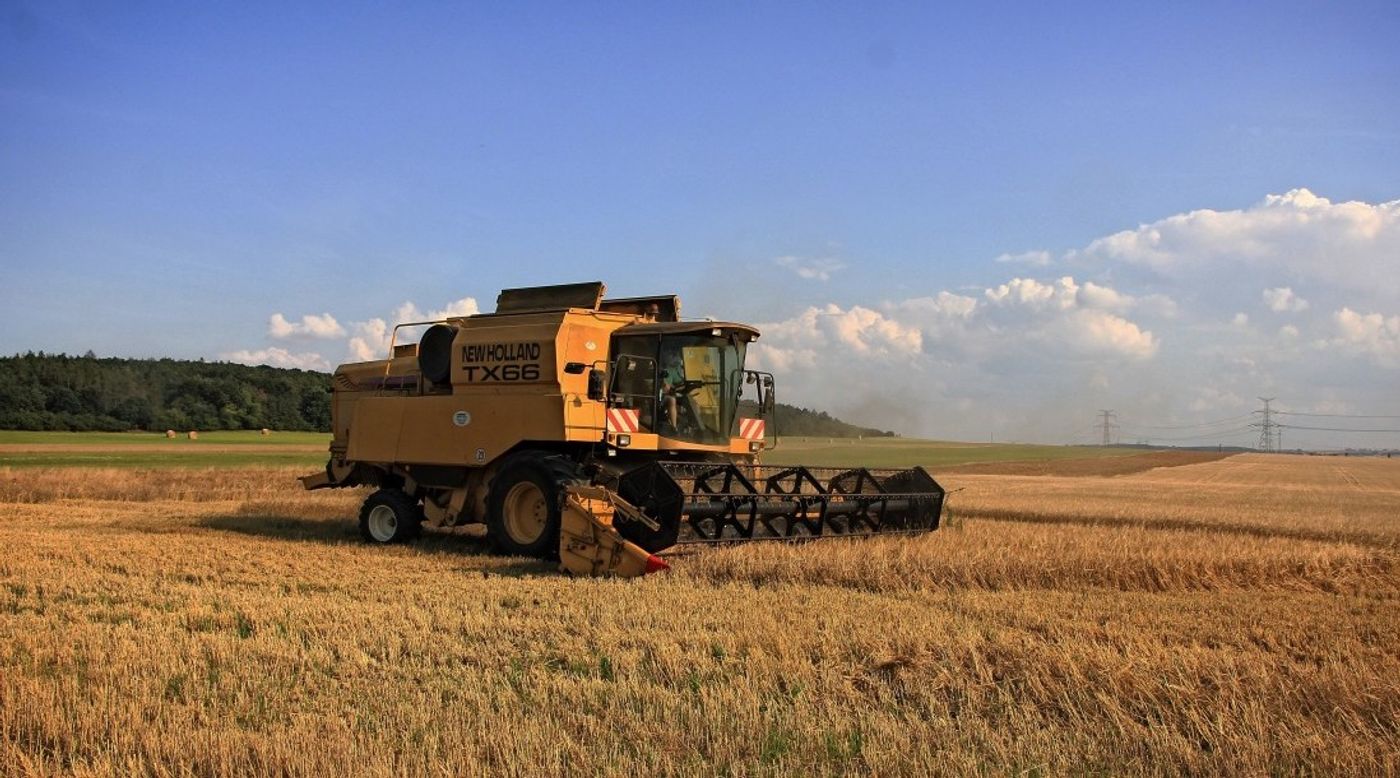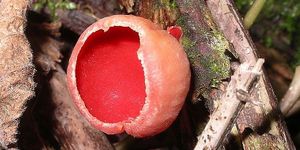Common Herbicides Increase Antibiotic Resistance
It's thought that human beings are going to have to solve quite a few major problems that are facing all of us. Antibiotic-resistant microbes, for one, are predicted to become a significant threat to public health. We also have to feed a growing population, all while both people and plants are under stress from a changing climate. Some of those points converge in a new research study by scientists at the University of Canterbury. They have found that when bacteria are exposed to widely used herbicides, the microbes can develop resistance to antibiotic drugs up to 100,000 times faster. This work has been reported in the journal PeerJ.
Evidence is mounting that the use of herbicides like Roundup (glyphosate) and Kamba (dicamba) in industrial agriculture have a profound impact on bacteria. The result may be an environment in which microorganisms are even more likely to develop mechanisms to evade drugs that are meant to destroy them.
"The combination of chemicals to which bacteria are exposed in the modern environment should be addressed alongside antibiotic use if we are to preserve antibiotics in the long-term," said study co-author Jack Heinemann, a University of Canterbury scientist and professor. He is featured in the following talk.
Importantly, this new study shows that even though herbicides can enhance the toxic effects of antibiotics, the herbicides also significantly raise the rate at which microbes gain antibiotic resistance. The study authors suggested that agriculture and medicine may already be feeling the effects of this pressure, causing an ever-greater use of antibiotics in both fields.
This research team has already found that by themselves, the herbicides Roundup, Kamba and 2,4-D or their active ingredients often increase drug resistance. They can also increase the susceptibility of potentially dangerous bacteria like Escherichia coli or Salmonella enterica, depending on what antibiotic is trying to destroy it.
"We are inclined to think that when a drug or other chemical makes antibiotics more potent, that should be a good thing. But it also makes the antibiotic more effective at promoting resistance when the antibiotic is at lower concentrations, as we more often find in the environment,” explained Heinemann.
These effects could be creating a cycle in which instead of reducing antibiotic use to fight resistance, greater amounts are being applied.
"Such combinations can be like trying to put out the raging fire of antibiotic resistance with gasoline,” he added.
Sources: Phys.org via University of Canterbury, PeerJ









